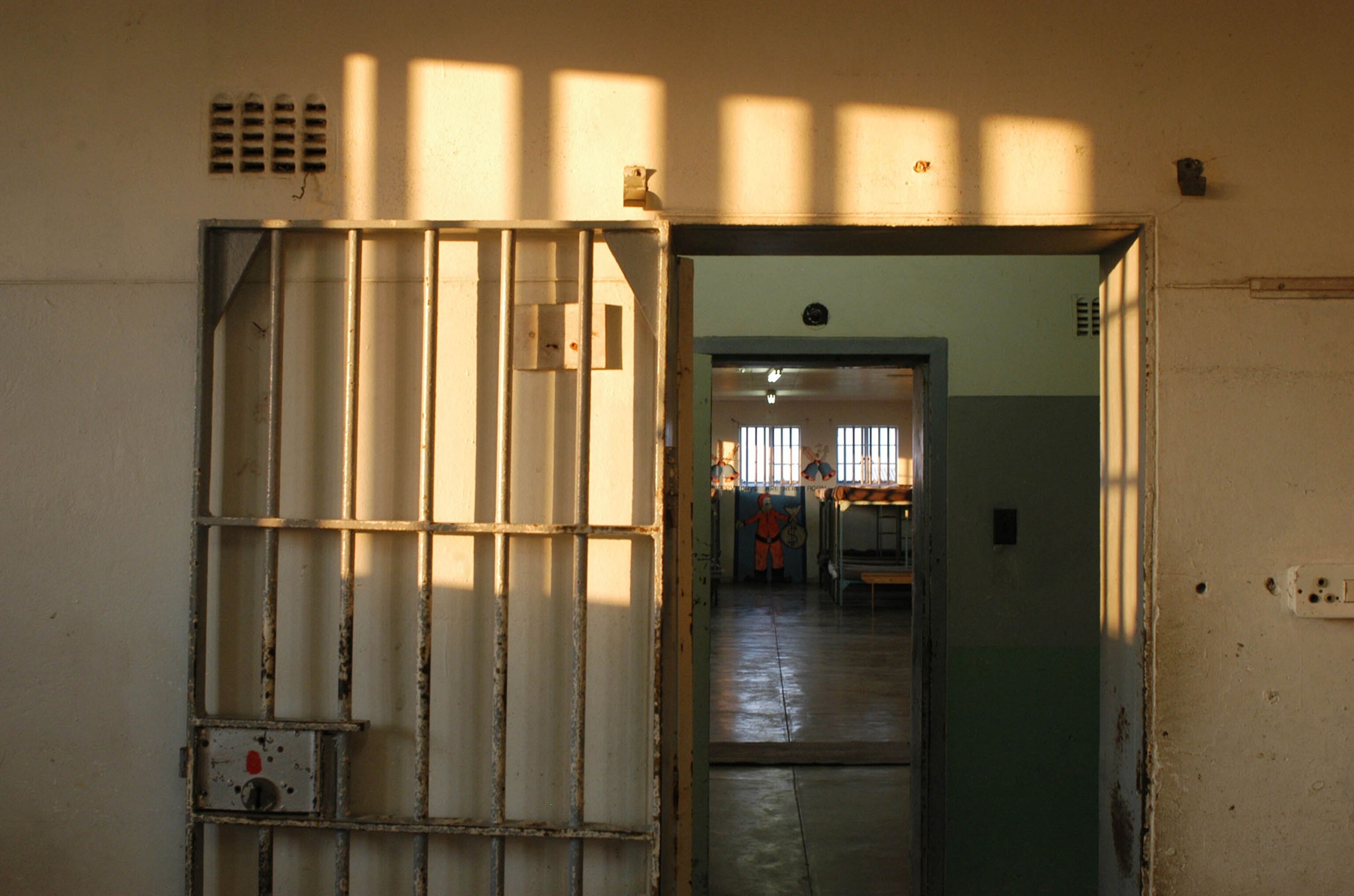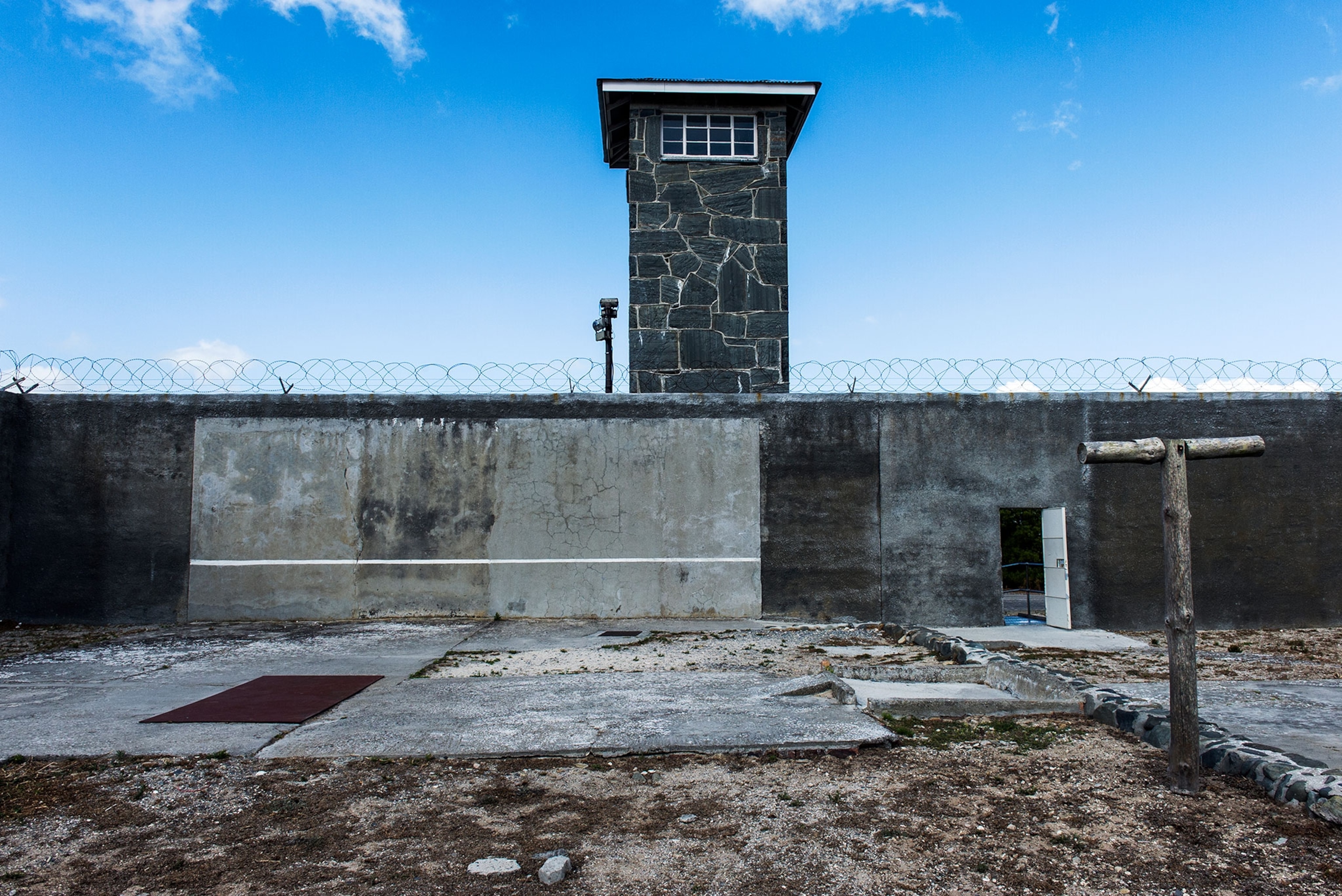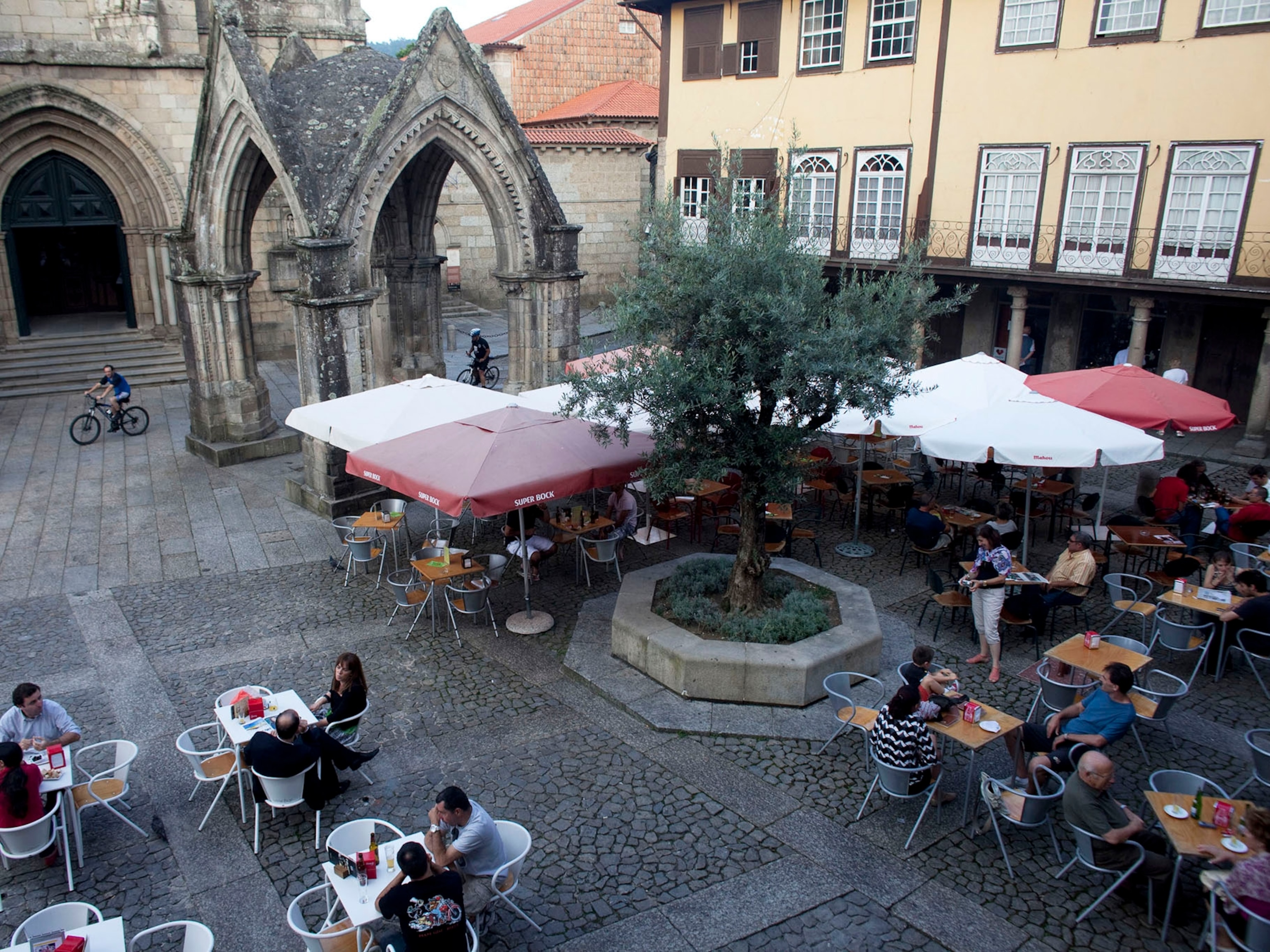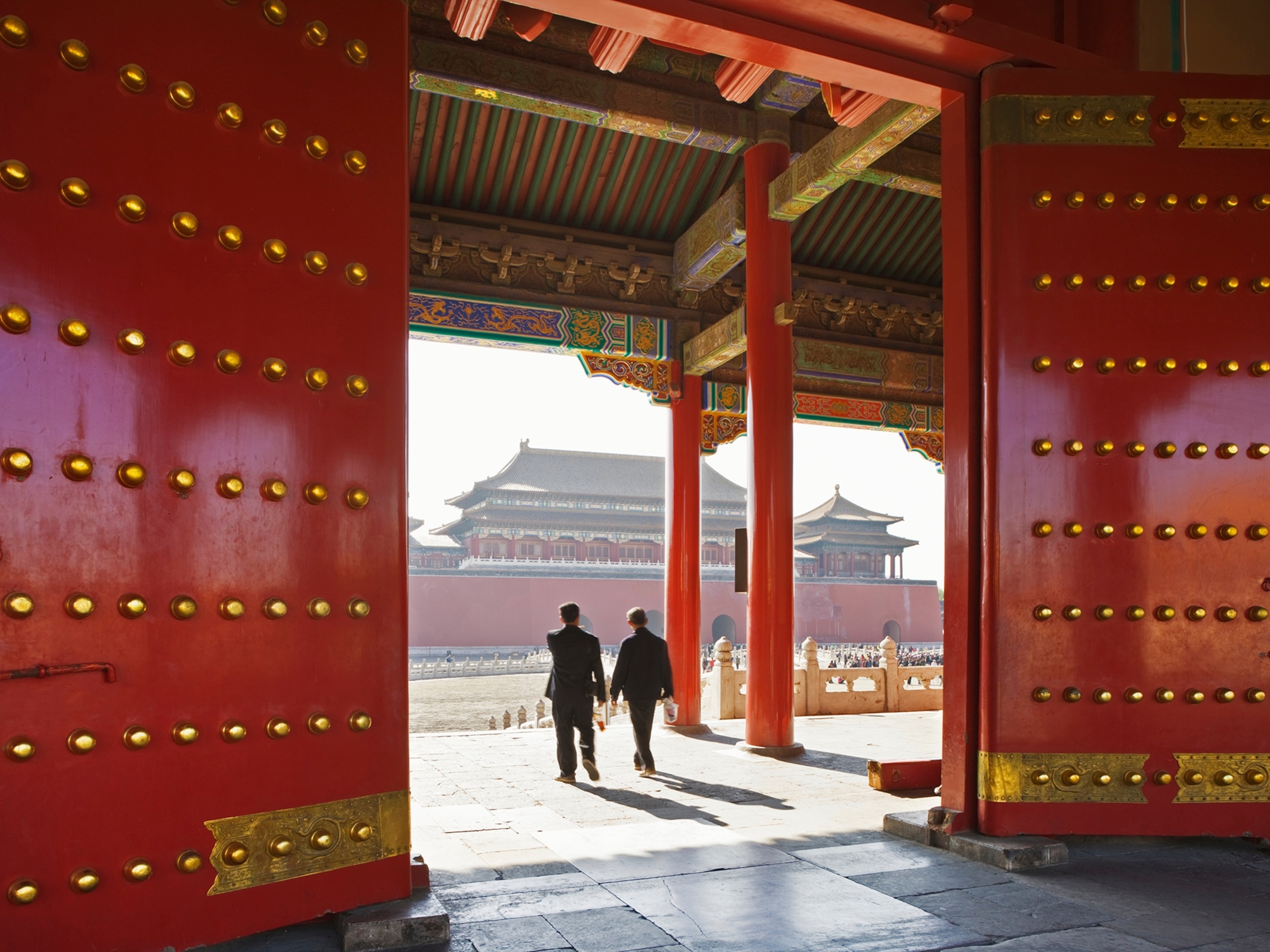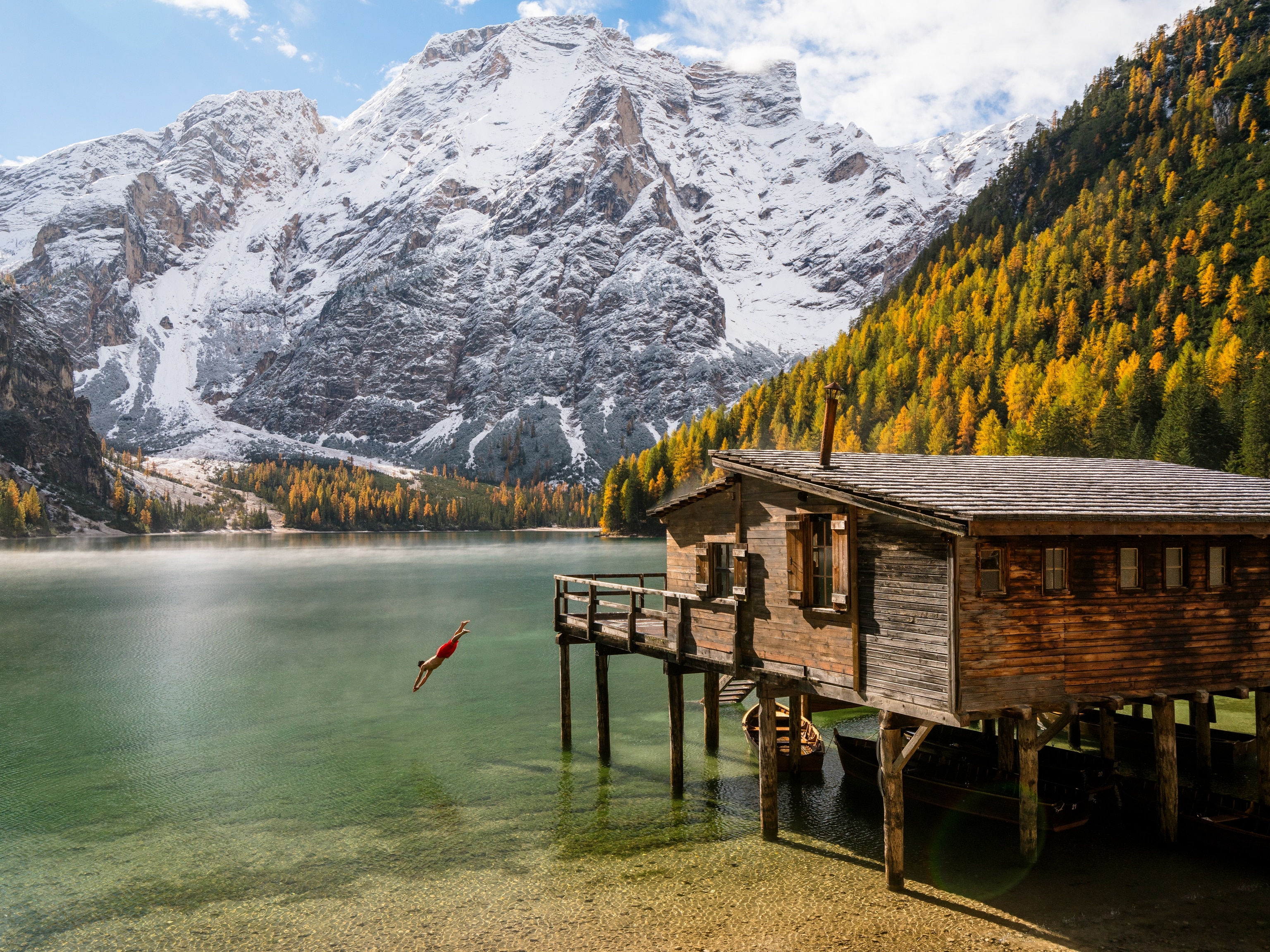
Discover the Rich History of Robben Island
Visit the room that future President Mandela of South Africa spent 18 of his 27 prison years in.
Robben Island sits in South Africa’s Table Bay, only 4.5 miles (7 kilometers) from Cape Town’s beaches, in a rather spectacular physical setting. But this island is no pleasure resort. Instead, it has served as a place of imprisonment, banishment, and isolation for some four centuries—most notably housing the leaders of South Africa’s anti-apartheid movements.
During ancient eras the island, actually the tip of a now-submerged mountain, was connected to the mainland. At the close of the last ice age some 12,000 years ago, rising sea levels separated it from the shoreline.
When the Dutch arrived to settle the Cape in the 17th century they soon began to put the island to use as a prison—a role it continued to play until 1991.
During the 19th century African chiefs of various tribes were banished to this island. Muslim leaders from Dutch colonies in the East Indies were also imprisoned here, as were colonial soldiers and civilians.
While many confined here were charged with bogus crimes, others were charged with no crime at all. During the 19th century, people suffering from mental illness and leprosy were also isolated on Robben Island, because the climate was considered healthful and because here they could be kept far removed from society at large. Lepers were confined to a community on the island as late as 1931.
Robben Island’s most poignant period was the late 20th century, when the facility was used as a maximum security prison for political prisoners of South Africa’s apartheid regime. Beginning in 1962 black, Indian, and mixed-race inmates were held here, including, most famously, future South African President Nelson Mandela.
The tiny (1.9-square-mile/5-square-kilometer) island is an indelible part of South Africa’s history but today faces several grave threats. The first is from a most unlikely source: rabbits.
The governments of the City of Cape Town and the Western Cape warn that perhaps 25,000 rabbits are running amok after being introduced on the island. The hungry critters are denuding the island of vegetation and burrowing so extensively that they may damage some historic structures.
For years issues of mismanagement and theft surfaced at the Robben Island Museum (manager of the World Heritage site), but with a new administration on board, former prisoners and Museum staff are making it a space they can be proud of. South Africa’s auditor general has given it a clean audit in recent years, a crucial step in the preservation of this unique piece of African history.
How to Get There
Boats leave the Cape Town waterfront regularly, but tickets for these trips and island tours can sell out well in advance. If possible, book a passage at least three weeks in advance.
When to Visit
- National Geographic Expeditions
The island is open to visitors year-round, though boats are less frequent in winter and the island closes earlier in the day.
How to Visit
Island tours are put on by the Robben Island Museum, which manages the site, and many guides are former political prisoners who spent time here under far less happy circumstances. Their presence truly makes Robben Island history come to life.
This article originally published on November 15, 2010. It has been updated with new information.


